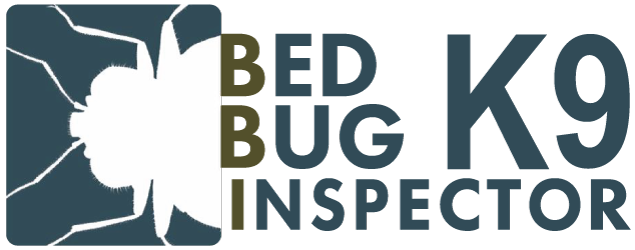At Bed Bug Inspector, we try to keep up with the latest on bed bug information, recently U.S. Department of Housing and Urban Development (HUD) providing guidance on bed bug control and prevention. Some of the highlights are:
“The best approach to bed bug management is to prevent an infestation from occurring in the first place. Federal agencies, such as EPA and HUD, are working in tandem to develop and share recommendations to prevent bed bug infestations.
Following a report of bed bugs, the O/A or a qualified third party trained in bed bug detection should inspect the dwelling unit to determine if bed bugs are present. It is critical that inspections be conducted by trained staff or third party professionals. Low level inspections may escape visual detection. For this reason, multiple detection tools are recommended. Recent research indicates that “active” bed bug monitors containing attractants can be effective tools for detecting early infestations. Some licensed pest control applicators use canine detection to verify the presence of bed bugs. The inspection should cover the unit reporting the infestation and no less than surrounding apartments consisting of the units above, below, left and right, and should be completed within 3 calendar days of a tenant complaint if possible. If reputable, licensed pest control companies are unattainable within three calendar days, the O/A is required to retain documentation of the efforts to obtain qualified services. If an infestation is suspected but cannot be verified using the methods described above, the O/A should re-inspect the unit(s) periodically over the next several months.
When an infestation is identified, the unit and surrounding units should be treated for bed bugs according to the IPM Plan. Chemical treatments may be necessary, but are not reliable. Therefore, encasement, interception devices, vacuuming, steaming, freezing and commodity or building heat treatments may be utilized as part of the bed bug control effort. Infestations are rarely controlled in one visit. Effective treatment may require two to three visits, and possibly more. The length, method and extent of the treatment will depend on the severity and complexity of the infestation, and the level of cooperation of the residents.”
To read the entire document: click here. If you have any additional questions of this matter, please call 614-747-3463. We will do our best to answer your questions or put you in touch with who can.

Recent Comments